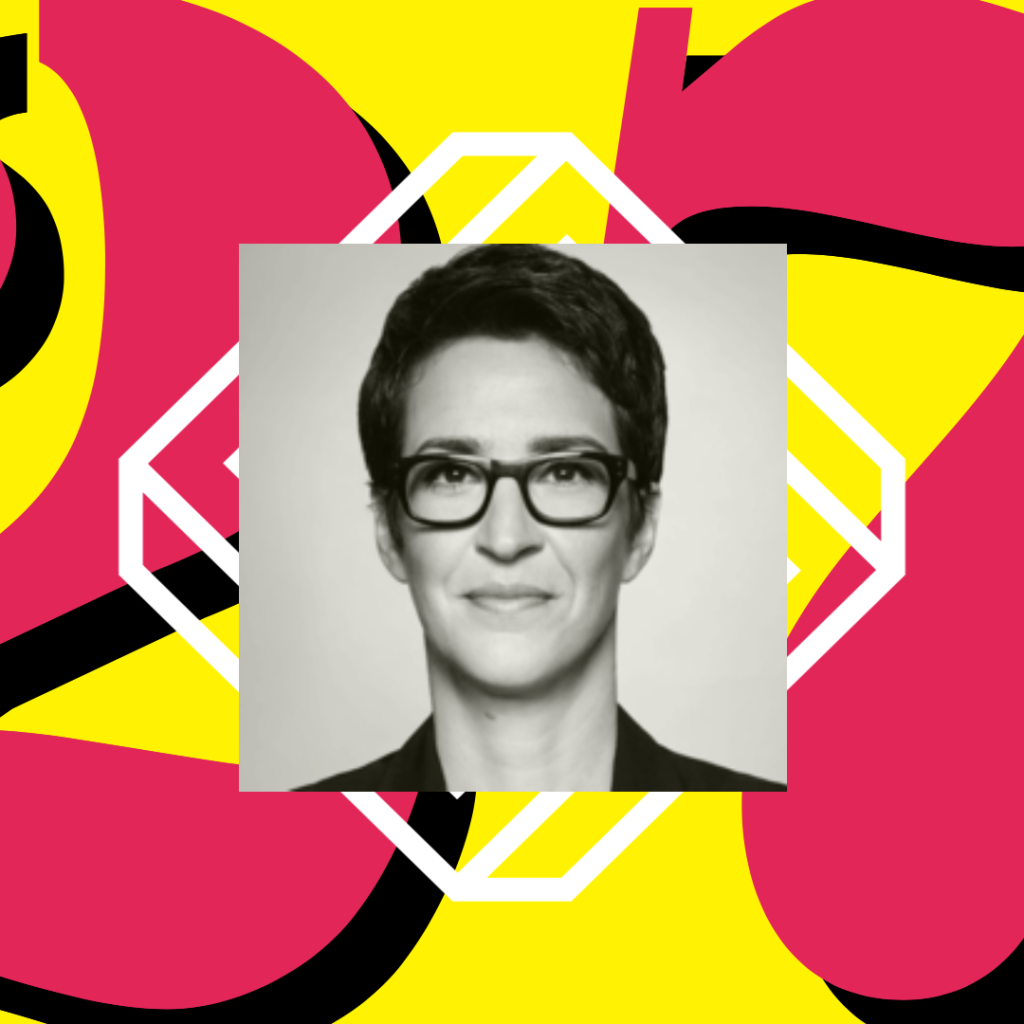I’m watching Rachel Maddow on MSNBC with the sound off as I wait for the Vice Presidential debate to begin. I dislike cable news. I dislike commercial television. But I splurge and pay for it one month of the year, the month of October because I have a strange sentimental attachment to the World Series and postseason baseball, which is difficult to watch any other way.
When I arrived in D.C. Memorial Day Weekend of 2007 in a mostly empty U-Haul truck, my new roommate had a big heavy standard-definition TV tuned to CNN in the house’s small living room. I was a 32 and had never owned a TV or watched cable in my own home as an adult. After I’d settled in she said, “I need it for my job. Everyone in Washington needs cable news.”
Need was a strong word, but it turned out to be true. It was rare that a TV tuned to Fox News, MSNBC, or CNN was not nearby during the six years I worked in political D.C. The need was more like an addiction than sustenance, more like heroin than bread, and I was soon hooked too.
Getting the boss or an ally, or a clever tweet from our team on these networks made it seem like someone was noticing, like we’d made progress, had broken through, like the long hours were all worth it. But the segments involving our spokespeople rarely went all that well for our side. Hours of media prep led up to a five-minute exchange in which uttering only a simple top-line phrase counted for substance.
But who is paying attention? The opposition has a different channel on in their offices. Allies have their heads down when their issue, their boss, isn’t on the screen. We all look up briefly when a bright flash of graphics and a change in intonation tricks us again for a moment into believing there is breaking news that hasn’t hit our Twitter feed, our phone alerts, our dozen email news alert subscriptions. Is it all just an elaborate system for placing laundry detergent and depression medication ads on screens in DC office buildings? Answer: Yes.
It was more common for Fox News to attack my team’s work than for MSNBC to take note. Sometimes a website I built or a graphic I designed would be on screen for the duration of a Fox host’s long and twisted rant against whatever good we were fighting for. Hate tweets would follow in the hundreds. Working on a digital team in the early days of political Twitter, it was clear how TV drove mentions. The two are perfect real-time companions: scroll and comment during the commercials and boring segments, look up for the shouting, or don’t look up — just transcribe what you hear and reply to it on your phone. In those days, the bosses didn’t take Twitter seriously. But a few years later, the President would be doing the same thing: watching cable news all day and tweeting out his responses.

